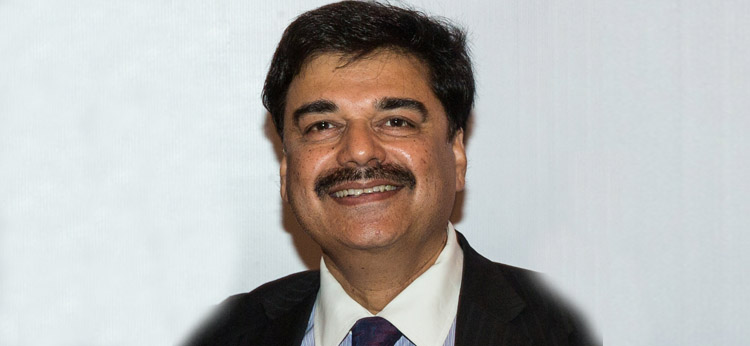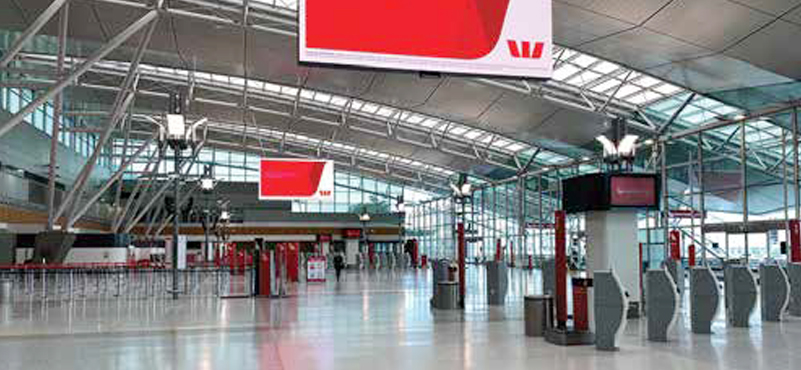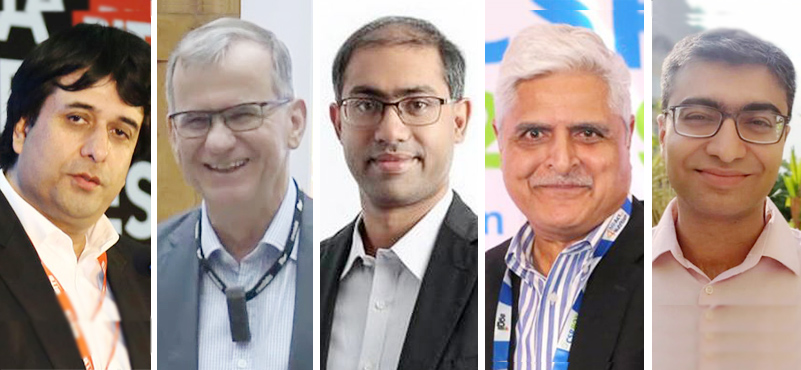Air India is expected to continue its focus on strengthening its network to the Americas in the coming months. Pankaj Srivastav, Commercial Director, Air India suggested that the national carrier was “actively scouting” for new destinations, with Los Angeles, Dallas and Houston on top of the list. For the uninitiated, Air India already connects five destinations in the USA.
Speaking of the European market, Pankaj Srivastav argued that the airline was already flying non-stop to 11 destinations in the continent, connecting most major hubs in the region. “We have direct flights as well as connecting flights through our network with Star Alliance and cover entire Europe, so there is little scope for any more direct flights,” he said. He, however, added that the airline was “open to flying to new destinations depending on profitability and route viability.”
With the government’s focus on improving air-connectivity to Tel Aviv, the airline would be flying non-stop thrice a week from Delhi. He clarified that the flight would be point-to-point and expressed hope that the move would drive people-to-people connect between India and Israel.
The Air India management has taken several steps to improve efficiency and bring more synergy to operations, Pankaj Srivastav asserted. Making a specific mention of steps such as hiving-off ground handling and engineering units which had resulted in a “huge reduction” in aircraft to employee ratio – it has come down to 1:110 – and developing a strong low cost airline in Air India Express with specific focus on Gulf operations, Pankaj Srivastav shared that these steps had shown a positive impact on operations and efficiency of the national carrier. He also noted that “domestic schedules were harmonized” with International operations for operational efficiency.
Sharing his insights on regional connectivity and Air India’s role there in, the commercial director believed that “it was a matter of great importance for the country” and the government was trying hard to develop requisite airport infrastructure. He suggested that given the time taken to develop any airport – it usually takes at least 4-5 years for any new airport to become operational from its inception – it was important for carriers to “look inwards” and scout for tier-2 and tier-3 cities, thereby creating new markets and driving demand. “That is what precisely seems to be working for a number of airlines,” Pankaj Srivastav added.
He noted that Air India’s domestic operations in new routes such as Amritsar to Nanded Saheb and Shiridi to Mumbai were being “very well received” by flyers. Buoyed by the positive response in the domestic circuits, Alliance Air is expected to remain focussed on driving regional connectivity and tier-3 cities are likely to be the main point of connect.
Commenting on the government’s decision to increase airport capacity to five times from the existing numbers by 2030, Pankaj Srivastav was of the view that while the effort was going to take time, “ it was an effort in the right direction.”




































